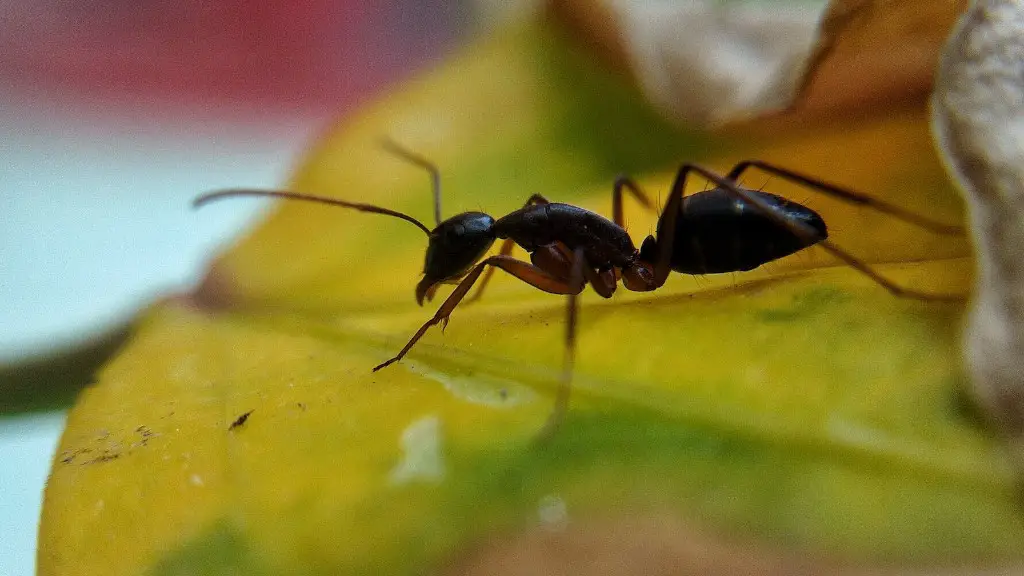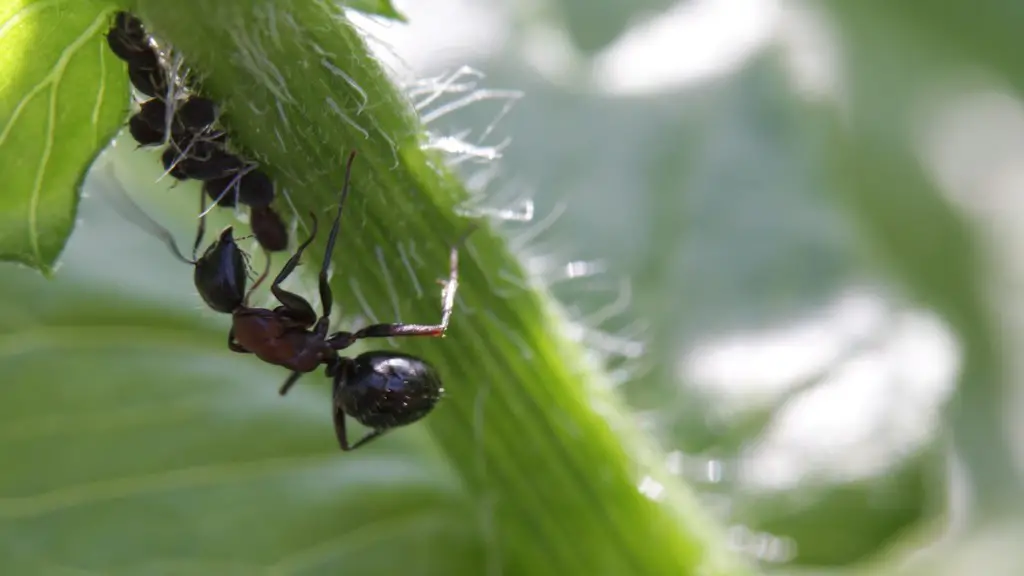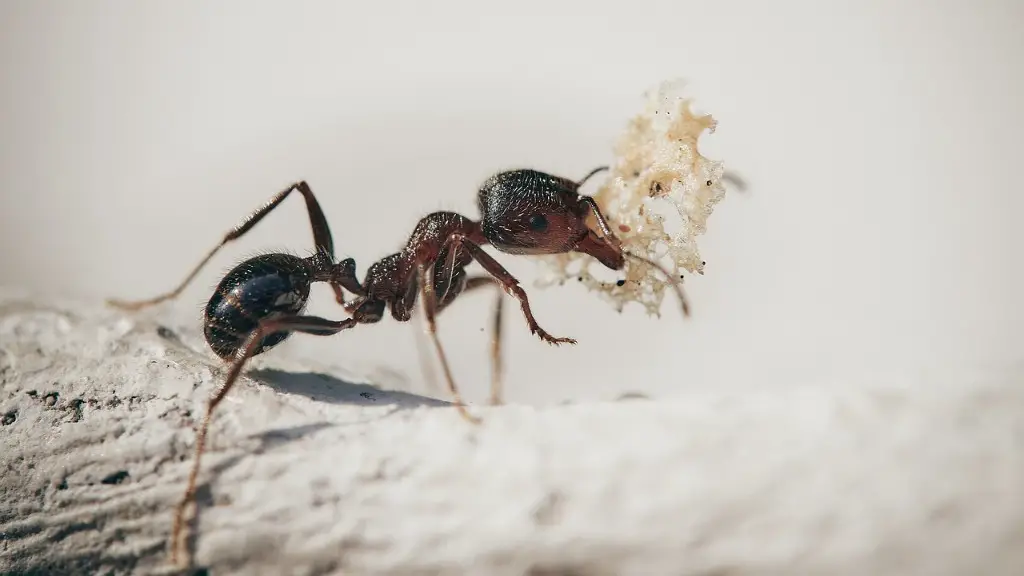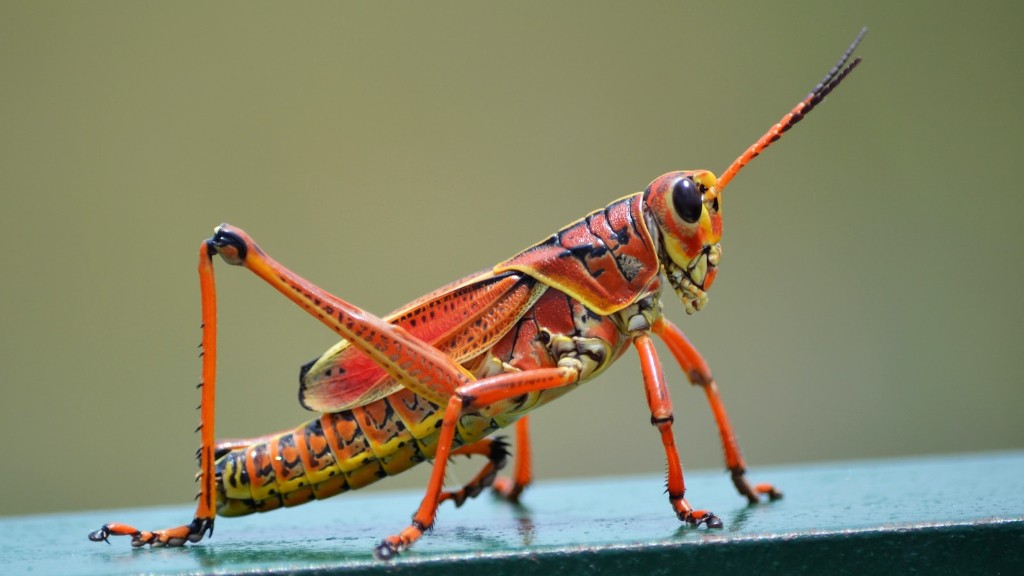Ants can be a nuisance if they enter your garden bed, leaving behind trails and finding their way into your food sources. As such, it is important to take steps to ensure that you rid your garden of ants as soon as you notice their presence. Killing ants in your garden bed can seem daunting. However, with a few simple steps such as identifying their type, deterring them, removing their nests and using bait, you can quickly eliminate these pests from your garden.
Identifying the Ant Species
One of the best ways to take effective control of an ant infestation is to identify the species that you are dealing with. This is because each ant species will have different food and nest preferences, which often determines the best way to kill them. While most ants are relatively harmless, there are some species such as African ants, which can be dangerous and require professional assistance to remove safely.
Deterring Ants
Deterring ants from the garden bed is a great way to keep them from coming back and establishing a nest. There are a few things you can do to deter them, such as keeping food and debris away from the garden bed. Additionally, you should regularly clean up any crumbs or spilled food and water around the garden bed. Additionally, planting herbs such as mint around the perimeter of the garden bed can help to deter ants.
Removing Nests
One of the best ways to remove an ant infestation is to remove their nests. This can be done either by manually excavating them or by using pesticides. If you decide to excavate the nests, make sure that you have the right safety equipment, such as covered shoes and gloves, as some ant species can be dangerous to handle. Additionally, when using pesticides, be sure to read and follow the instructions carefully and only spray the products in areas that are far away from your property.
Using Bait
Using bait is also an effective way of killing ants in your garden bed. Both liquid and granular bait is available, which can be used to directly target the ant colonies. However, bait should be used with caution and it is best to choose a product that is approved for use in gardens. Additionally, when using bait, make sure that the product is placed in a strategic location, such as near the nest, to ensure that the ants take the bait and that the bait is kept away from pets and other wildlife.
Get Expert Advice
If you are still struggling to get rid of ants in your garden bed, it is best to seek professional advice. Professional pest exterminators can offer tailored solutions to help eliminate an ant infestation and can usually provide a guarantee on their services. They will assess the situation, take into account any environmental factors, and make recommendations on the best way to deal with the ants in your garden.
Consider Natural Solutions
There are a number of natural solutions that can be used to kill ants in your garden. These include using substances such as diatomaceous earth, which is a type of fossilized algae that is safe for use around pets and other wildlife. Additionally, vinegar, citrus oil, and cayenne pepper are all effective, natural options for killing ants in your garden bed.
Prevent Future Infestations
In addition to killing ants in your garden bed, it is important to consider ways to prevent future infestations. This includes making sure that your garden bed is free from debris, food, and water sources as these can all serve as attractants for pests. Additionally, you should regularly inspect your garden bed for signs of ants and remove any nests as soon as they are discovered.
Regular Maintenance
Regular maintenance is also important to prevent ant infestations in the garden bed. This can include removing old plants and weeds, which can provide ideal nesting sites for ants and other pests. Additionally, to keep the soil healthy, it is important to keep the garden bed properly aerated and weed-free. This will help create an environment that is not suitable for ants.
Pruning Trees and Bushes
Pruning trees and bushes can also help to limit ant infestations as ants can use overgrown branches as bridges over walls or fences. Additionally, this can help to keep your garden looking neat and tidy and reduce the food sources and shelter spots that are attractive to ants. Additionally, it is important to keep the garden bed free from any holes or cracks, as these can provide entry points for ants.
Sticky Traps
Sticky traps are also a great way to locate and remove ant colonies in your garden bed. These are small, adhesive boards that can be placed in known problem areas and can be used to both identify and remove ants from the garden bed. Additionally, these traps are safe for use around pets and other wildlife and can be a great way to monitor ant activity in the garden.
Beneficial Insects
Introducing beneficial insects, such as ladybugs and spiders into the garden bed, can also help to keep the population of ants down. Ladybugs and spiders consume the same food sources as ants, which can reduce the amount of food available within the garden bed and can help to keep the population of ants down. Additionally, these kinds of predators can also help to keep other pests away from the garden bed.



